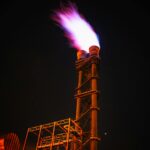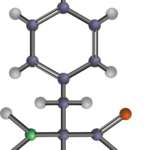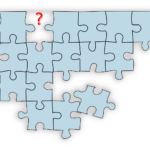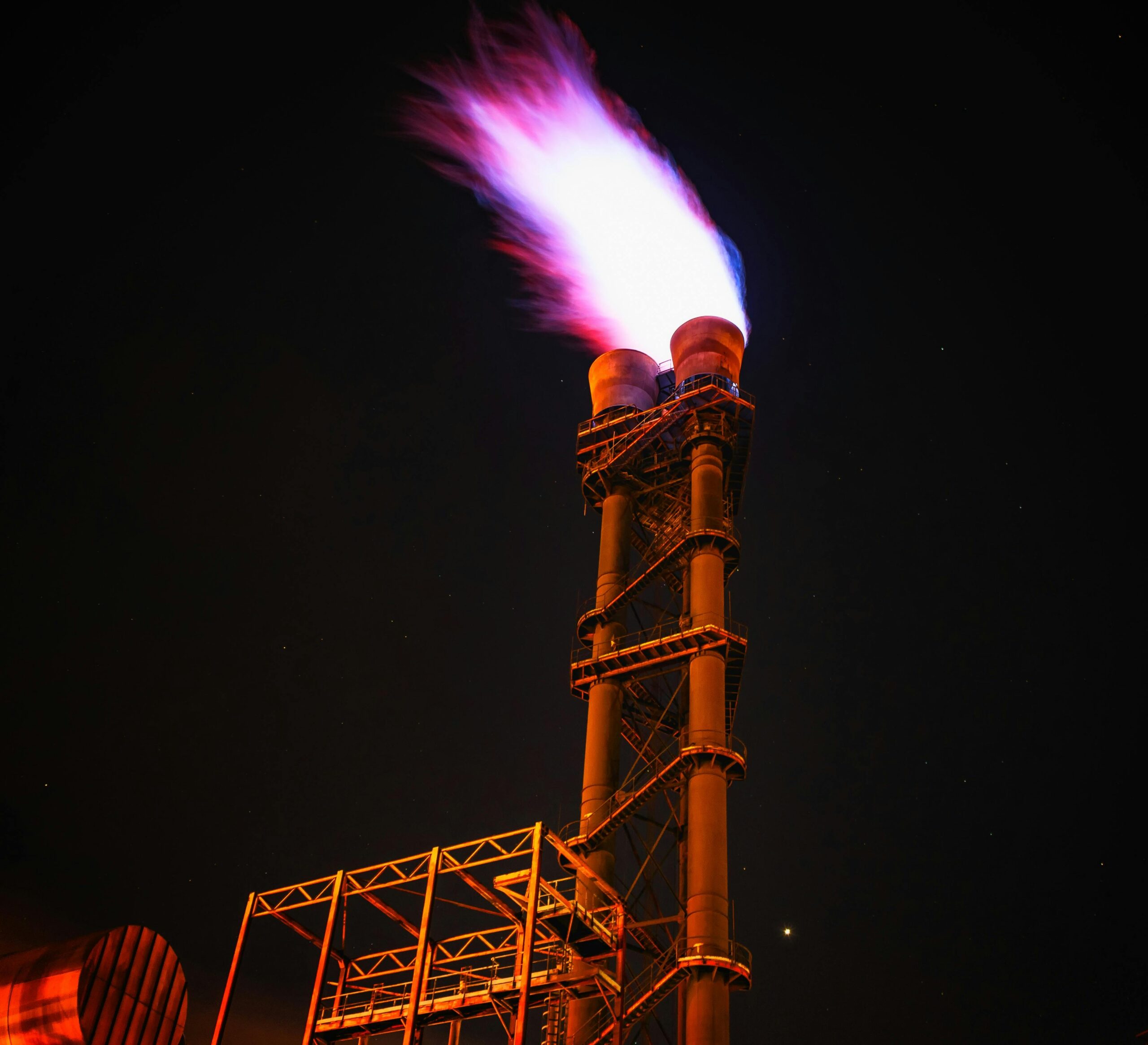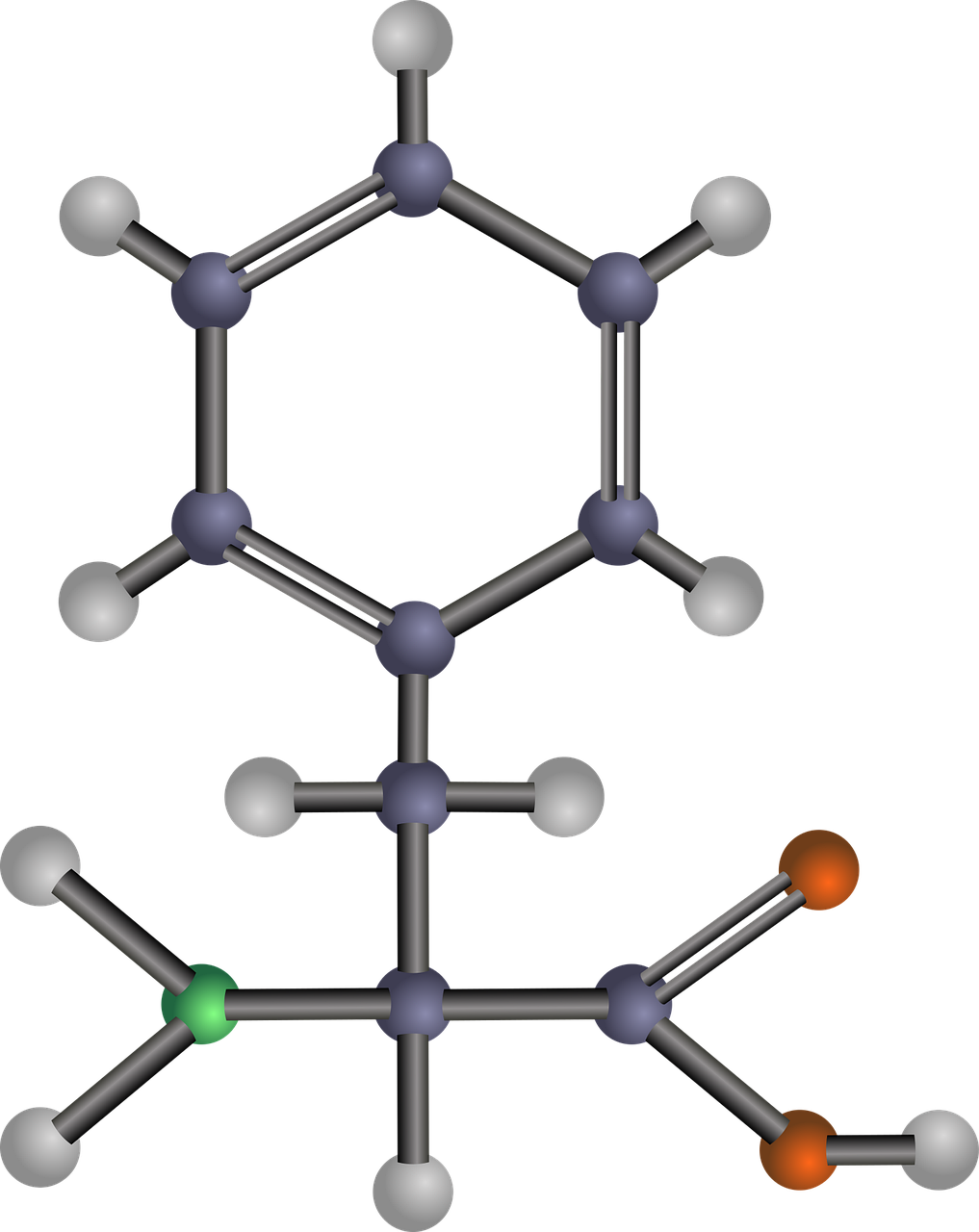In various industrial applications where fluids are managed and transported, the formation of vortices can pose significant challenges. A vortex is a swirling motion of liquid that can lead to problems such as air entrainment, cavitation, and reduced efficiency of pumps and fluid systems. To counter these issues, vortex breakers are used as an effective solution, ensuring smooth and efficient fluid flow. This article explores what vortex breakers are, how they work, and why they are crucial in numerous industries.
What is a Vortex Breaker?
A vortex breaker is a device or structure designed to prevent the formation of a vortex in tanks, vessels, or piping systems. Vortices typically occur when a fluid drains from a tank, creating a spiral flow pattern that can draw air or gas into the liquid. This swirling motion can disrupt the fluid’s flow, reduce the efficiency of pumps, and even damage equipment. Vortex breakers disrupt this rotational flow, ensuring a steady and controlled discharge of liquid.
How a Vortex Forms
A vortex develops when a liquid drains from a tank or vessel, creating a swirling motion as the fluid spirals toward the outlet. The swirling action generates a low-pressure core, which can cause air or gas to be sucked into the liquid stream. This phenomenon, known as air entrainment, can hinder the performance of pumps, create cavitation, and lead to inefficiencies in fluid handling systems. In extreme cases, cavitation can cause significant damage to pumps and pipes.
How a Vortex Breaker Works
Vortex breakers are designed to interrupt the formation of a vortex by disrupting the circular flow pattern of the liquid. These devices work by creating obstructions that break up the swirling motion or guide the fluid flow in a way that prevents vortex formation. Depending on the application and system requirements, vortex breakers come in different shapes and designs, such as plates, baffles, or vanes.
Types of Vortex Breakers
Plate-Type Vortex Breakers: These are among the simplest designs, consisting of flat plates installed over or near the outlet. The plates obstruct the swirling flow, breaking up the vortex and facilitating smooth drainage. Plate-type vortex breakers are commonly used in smaller tanks and vessels.
Baffle-Type Vortex Breakers: These vortex breakers use strategically placed baffle plates or panels to disrupt the swirling motion of the fluid. The baffles create turbulence, breaking up the vortex and preventing air from being drawn into the fluid stream. Baffle-type vortex breakers are effective in larger storage tanks or vessels with strong vortex tendencies.
Vane-Type Vortex Breakers: These devices feature vanes or blades arranged radially around the outlet. The vanes guide the fluid flow in a controlled manner, minimizing the formation of a vortex. Vane-type vortex breakers are often used in systems where precise flow control is needed.
Applications of Vortex Breakers
Vortex breakers are crucial in various industries where efficient fluid management is essential. Here are some common applications:
- Chemical and Petrochemical Industries: Vortex breakers are used in reactors, storage tanks, and process vessels to ensure smooth and efficient liquid discharge, preventing air entrainment and cavitation.
- Oil and Gas Industry: In oil and gas processing, vortex breakers help maintain proper flow and protect pumps and separators from damage caused by air or gas entrainment.
- Water Treatment Plants: Vortex breakers are employed in water treatment systems to prevent cavitation in pumps and maintain efficient fluid flow.
- Pharmaceutical Manufacturing: In pharmaceutical production, precise fluid handling is crucial for product quality. Vortex breakers ensure consistent and controlled flow rates.
- Food and Beverage Industry: These devices are used in processing tanks to maintain the integrity of fluid systems and prevent disruptions caused by vortices.
Importance of Vortex Breakers
1. Prevents Air Entrainment
One of the main purposes of a vortex breaker is to prevent air from being sucked into the liquid stream. Air entrainment can disrupt the operation of pumps and lead to inefficiencies, making vortex breakers essential for maintaining optimal performance.
2. Reduces Cavitation
Cavitation occurs when vapor bubbles form in a liquid due to low pressure, which can cause damage to pumps, impellers, and piping systems. By breaking up vortices, vortex breakers help minimize the risk of cavitation, protecting equipment from wear and tear.
3. Improves Fluid Flow Efficiency
Vortex breakers ensure that liquids drain evenly and smoothly, enhancing the overall efficiency of fluid handling systems. This is particularly important in industrial settings where fluid transfer needs to be both reliable and energy-efficient.
4. Protects Equipment
Preventing vortex formation not only enhances fluid flow but also extends the life of equipment. Pumps, pipes, and other components are safeguarded from damage caused by cavitation and air entrainment, reducing maintenance costs and downtime.
Design Considerations
When designing or selecting a vortex breaker, engineers must consider several factors to ensure optimal performance:
- Tank or Vessel Size: The dimensions of the tank or vessel influence the type and size of the vortex breaker needed.
- Fluid Properties: The viscosity, density, and flow rate of the fluid play a crucial role in determining the effectiveness of the vortex breaker.
- Outlet Configuration: The location and design of the outlet affect how the vortex breaker should be positioned to achieve maximum disruption of the swirling motion.
Conclusion
Vortex breakers are vital components in fluid handling systems across a variety of industries. By preventing the formation of vortices, these devices ensure efficient and reliable fluid flow, reduce the risk of equipment damage, and improve overall system performance. Whether in a chemical plant, a water treatment facility, or an oil refinery, vortex breakers play a critical role in maintaining the smooth and efficient operation of liquid transfer processes. Their simple yet effective design makes them indispensable for industries that rely on the precise management of fluids.

